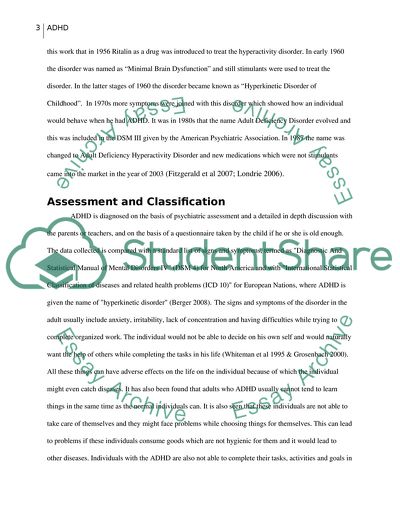Cite this document
(“Understanding and Treating of Attention Deficit and Hyperactivity Research Paper - 1”, n.d.)
Understanding and Treating of Attention Deficit and Hyperactivity Research Paper - 1. Retrieved from https://studentshare.org/psychology/1738009-attention-deficithyperactivity-disorder-adhd
Understanding and Treating of Attention Deficit and Hyperactivity Research Paper - 1. Retrieved from https://studentshare.org/psychology/1738009-attention-deficithyperactivity-disorder-adhd
(Understanding and Treating of Attention Deficit and Hyperactivity Research Paper - 1)
Understanding and Treating of Attention Deficit and Hyperactivity Research Paper - 1. https://studentshare.org/psychology/1738009-attention-deficithyperactivity-disorder-adhd.
Understanding and Treating of Attention Deficit and Hyperactivity Research Paper - 1. https://studentshare.org/psychology/1738009-attention-deficithyperactivity-disorder-adhd.
“Understanding and Treating of Attention Deficit and Hyperactivity Research Paper - 1”, n.d. https://studentshare.org/psychology/1738009-attention-deficithyperactivity-disorder-adhd.


